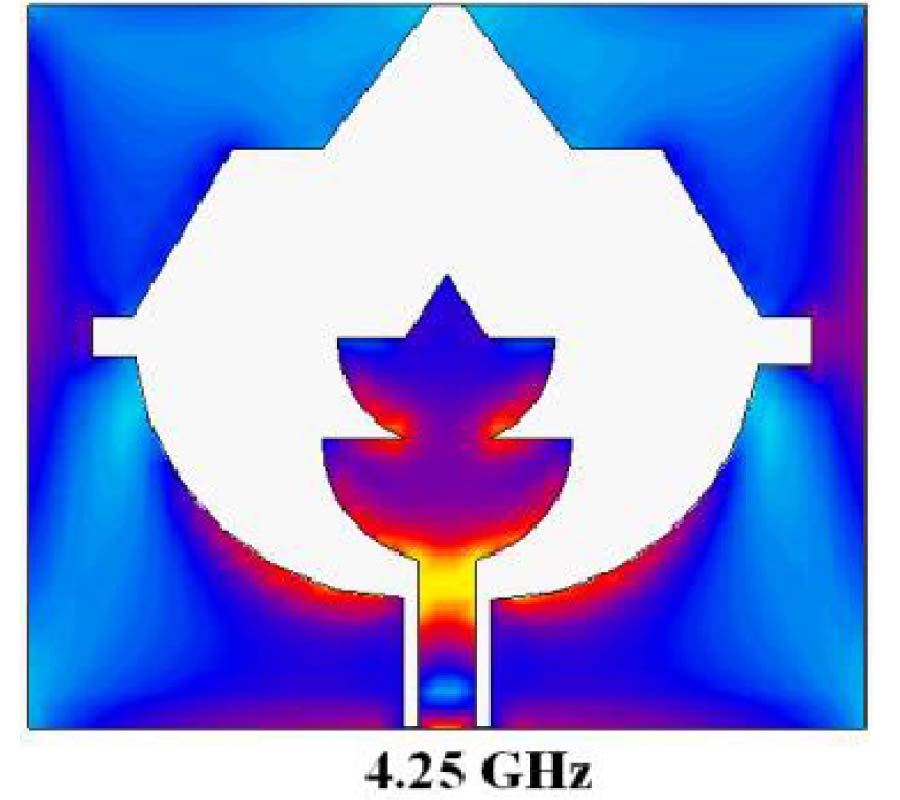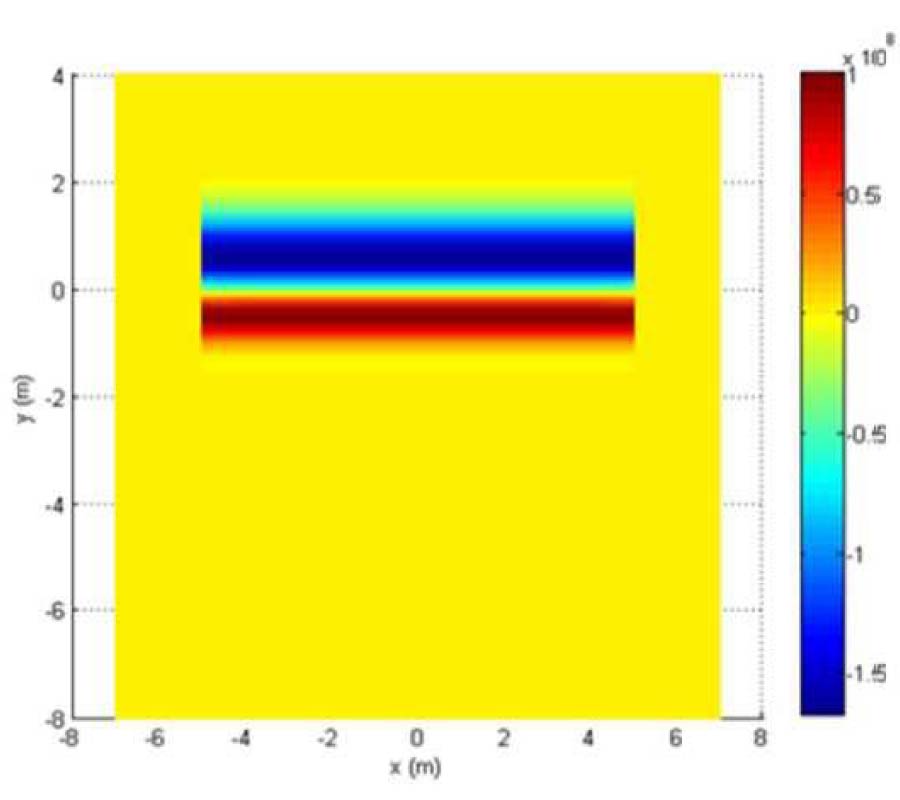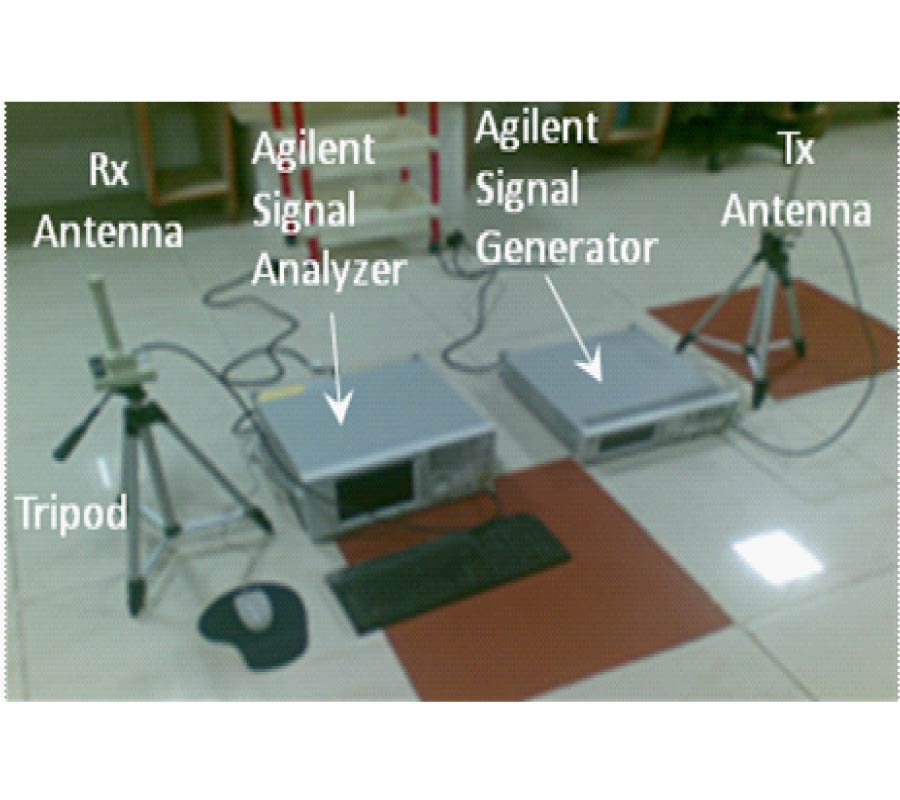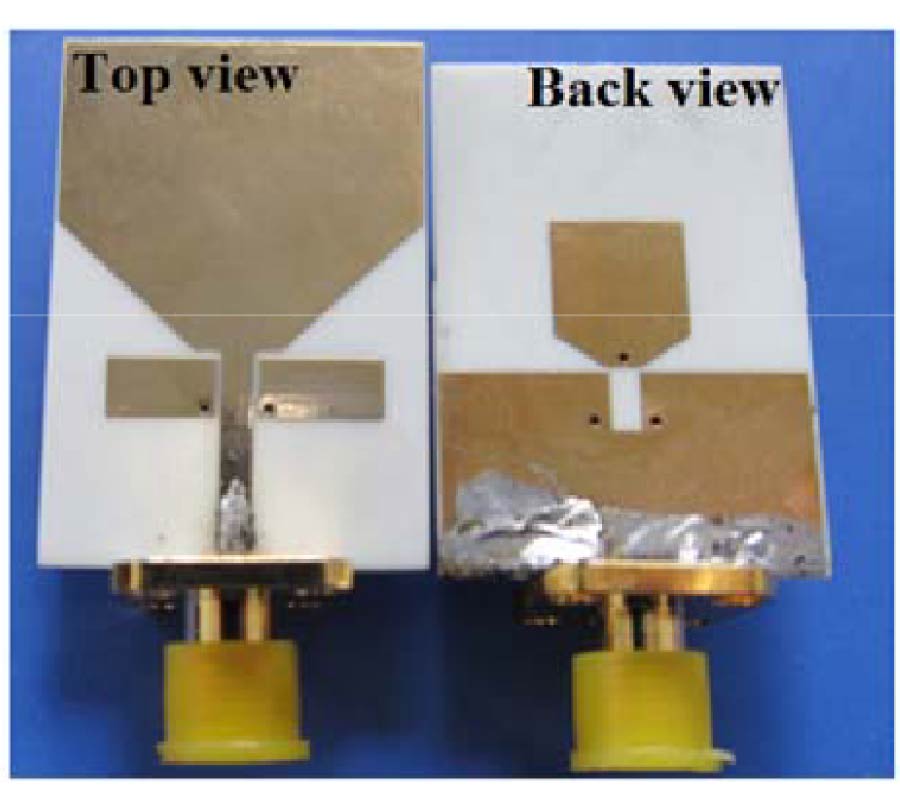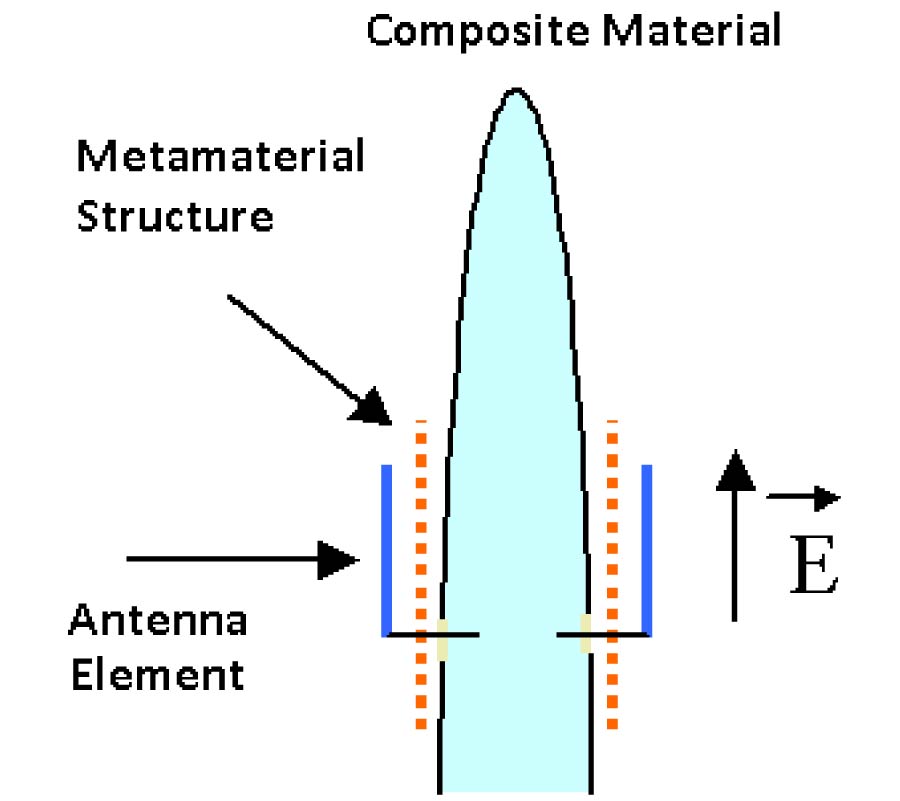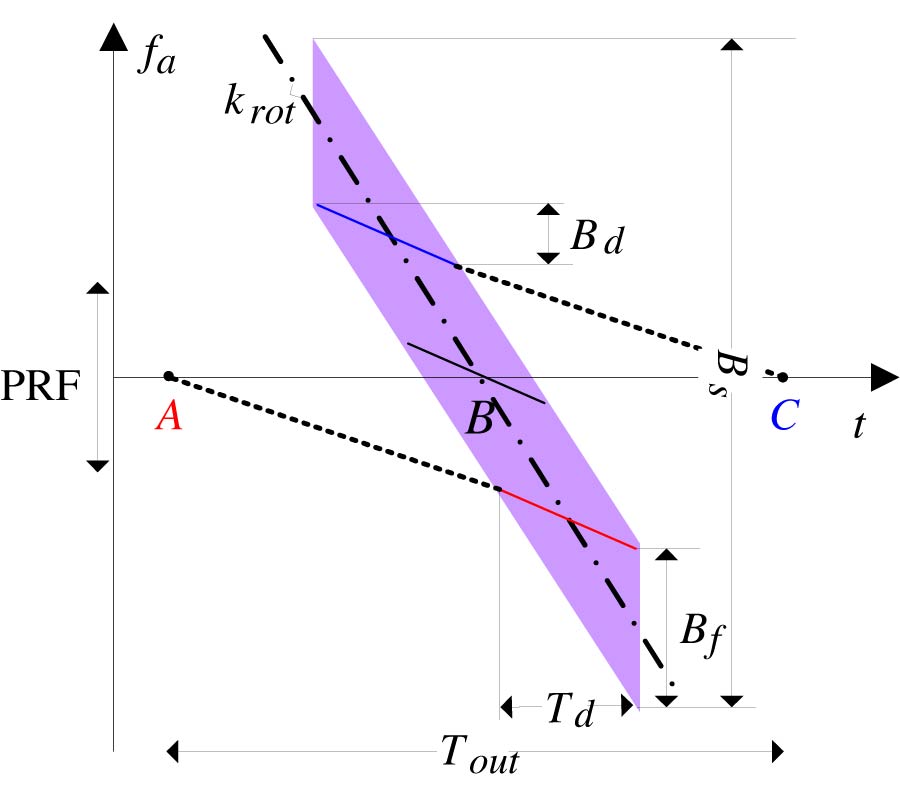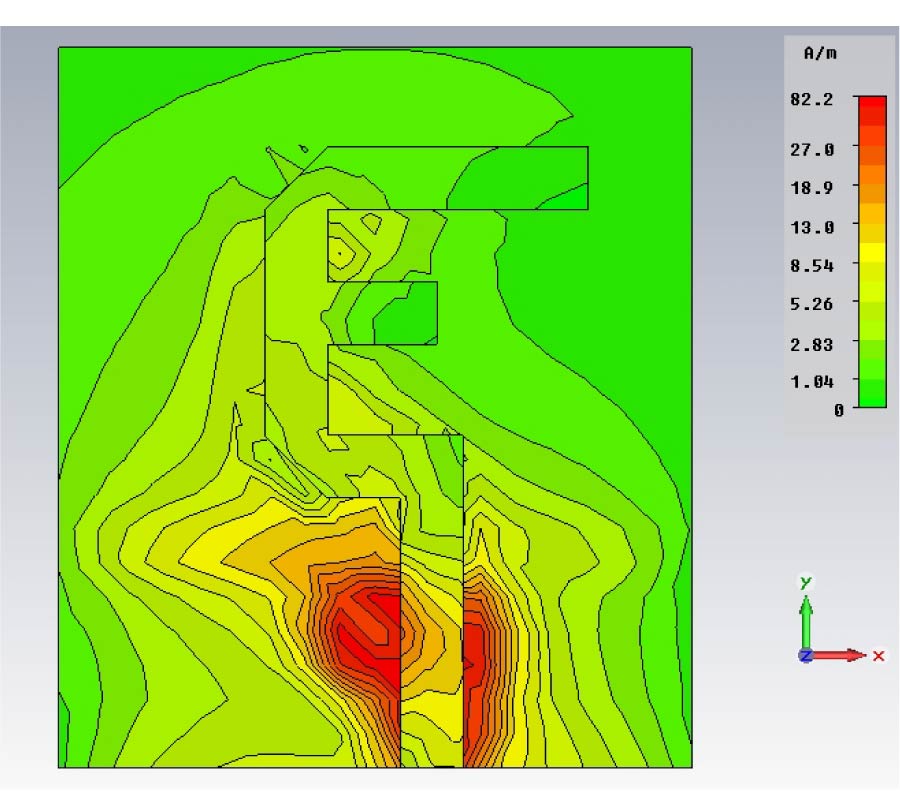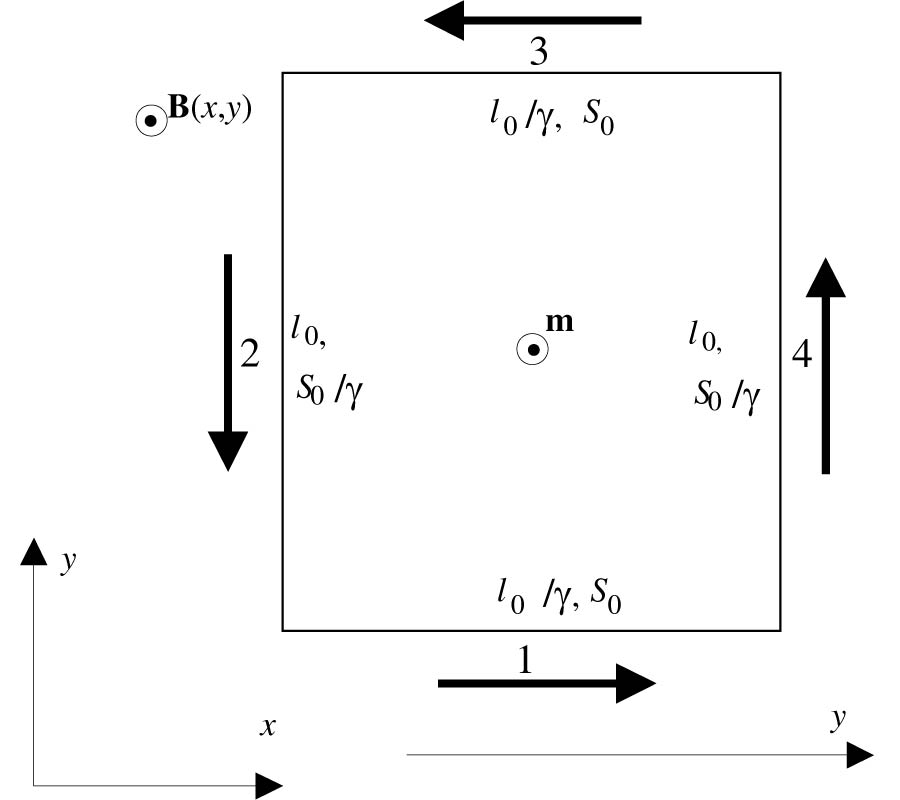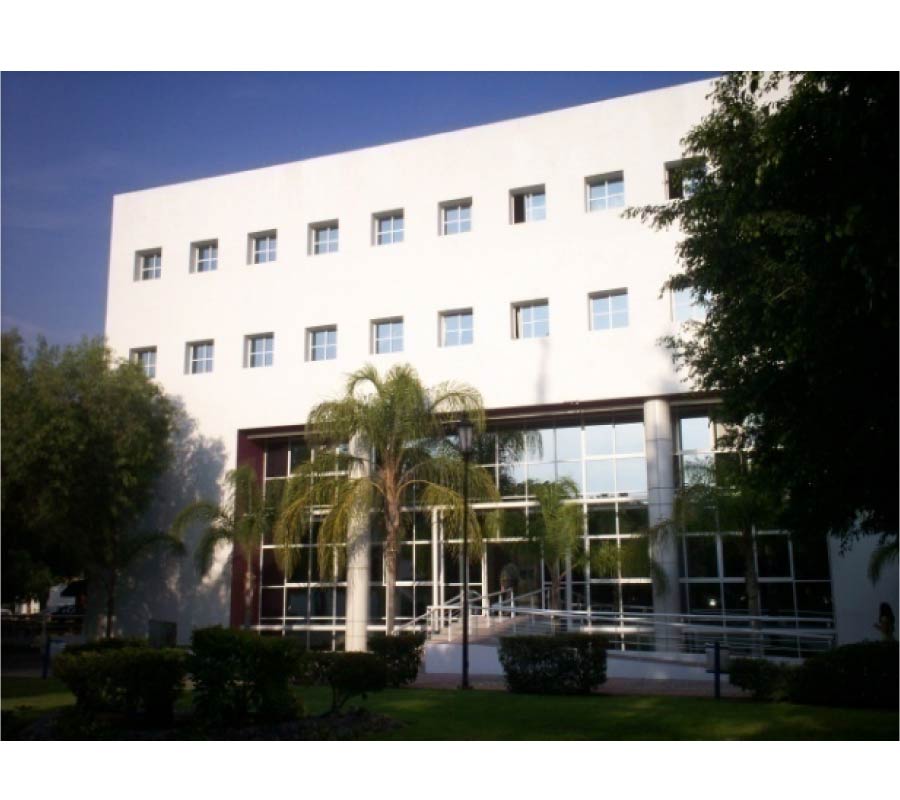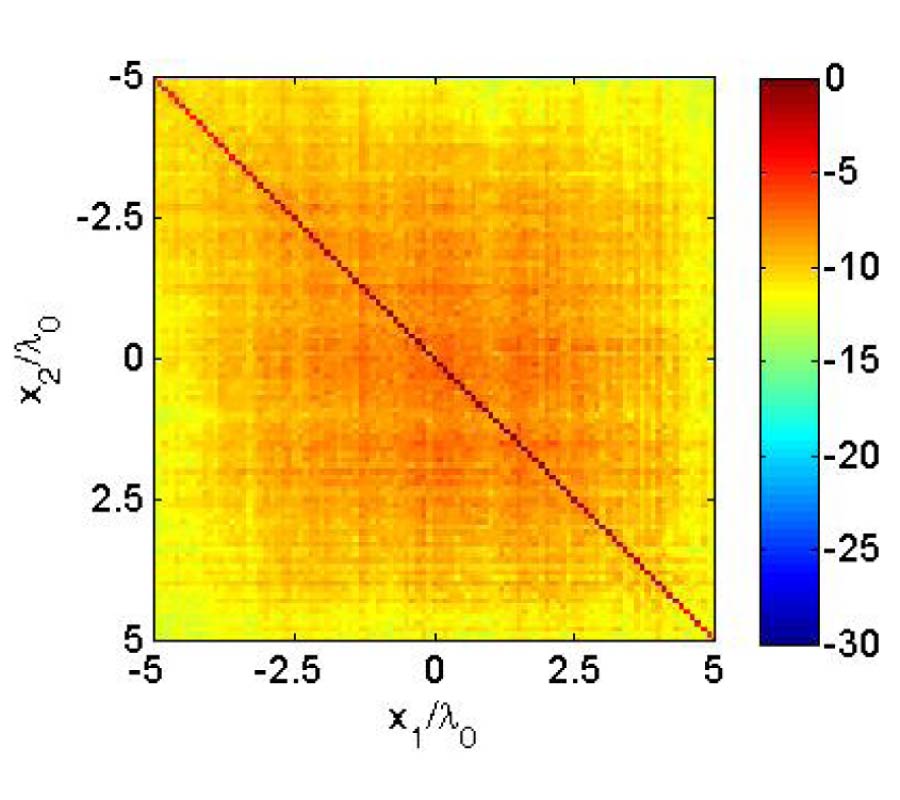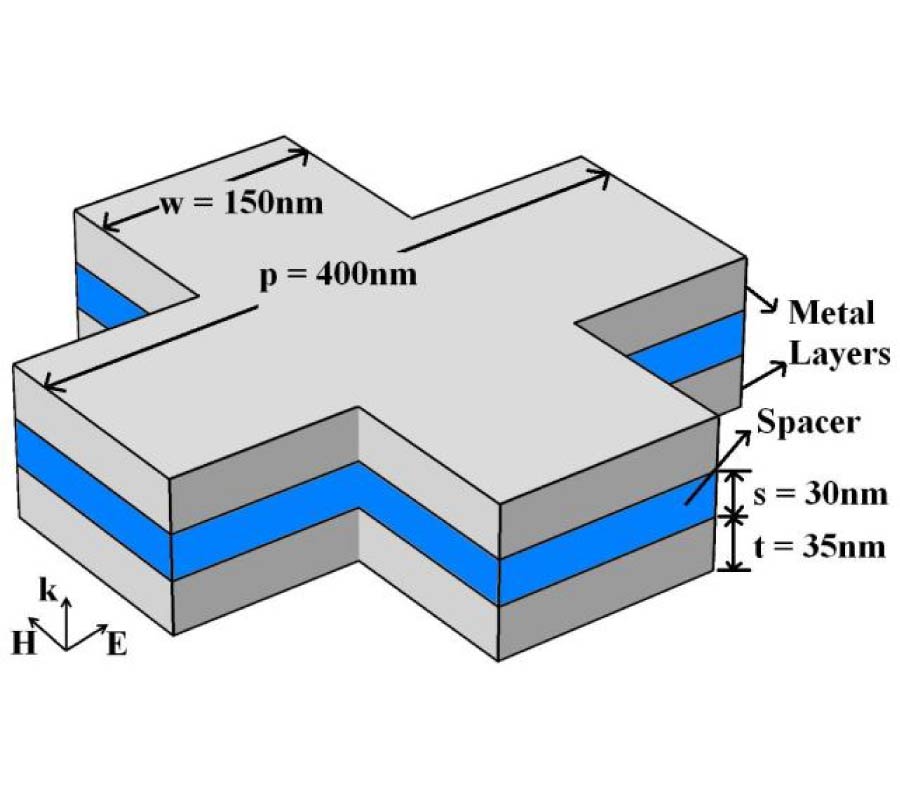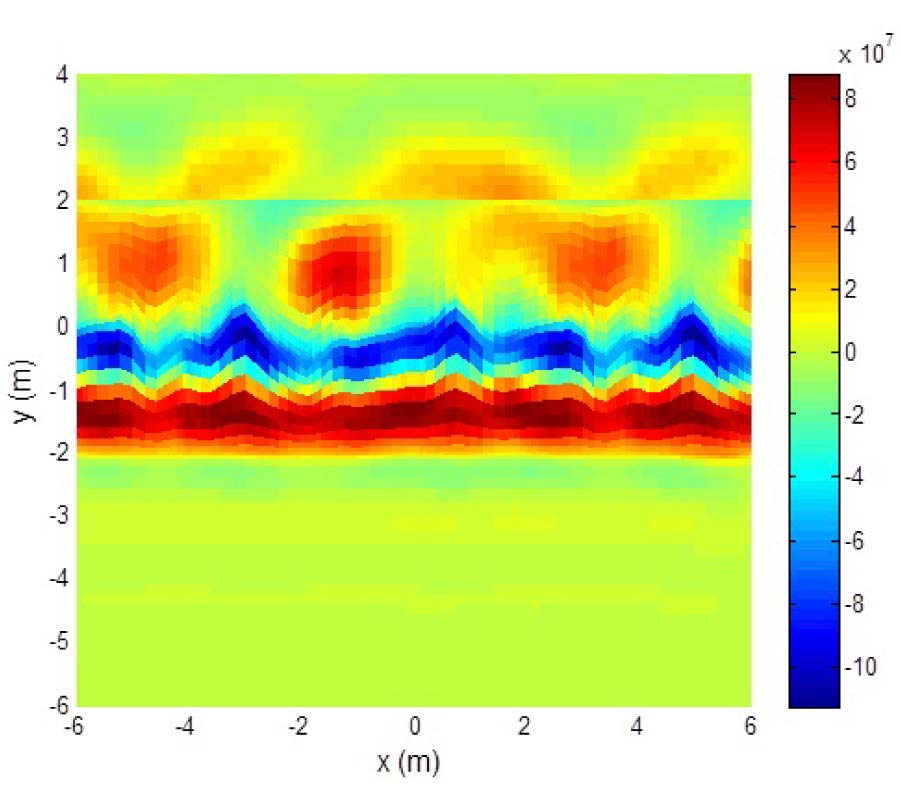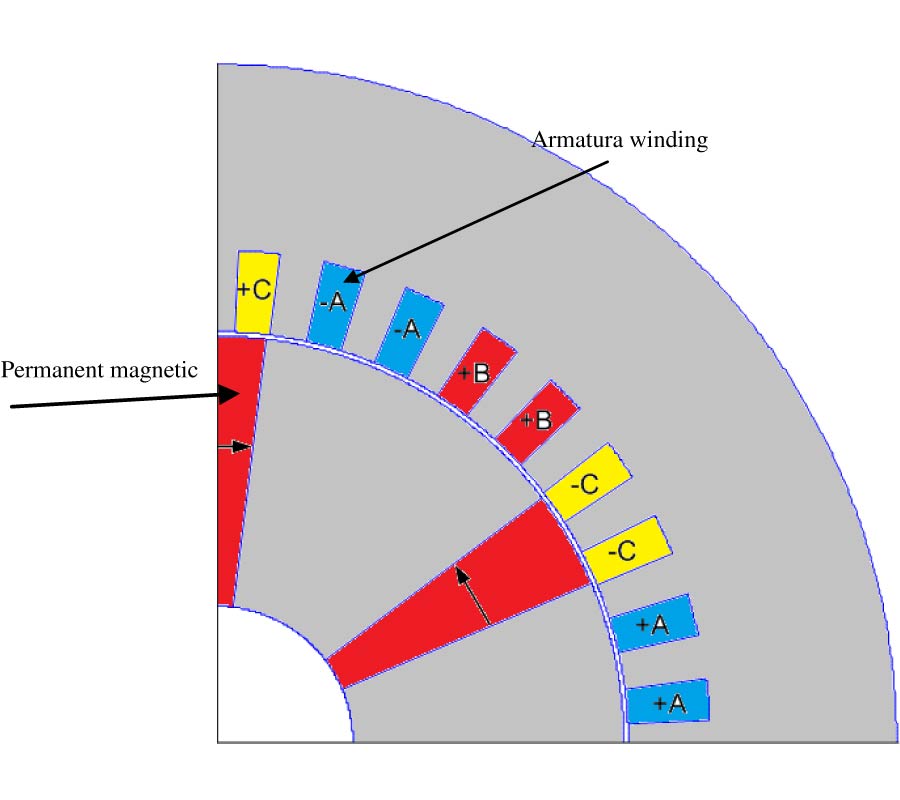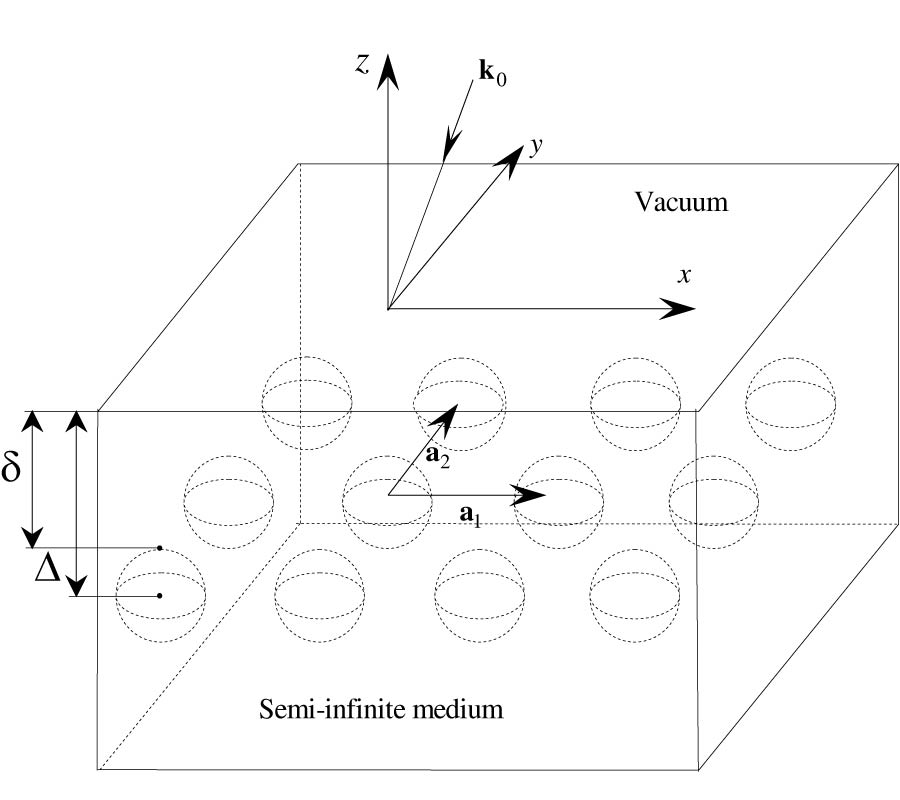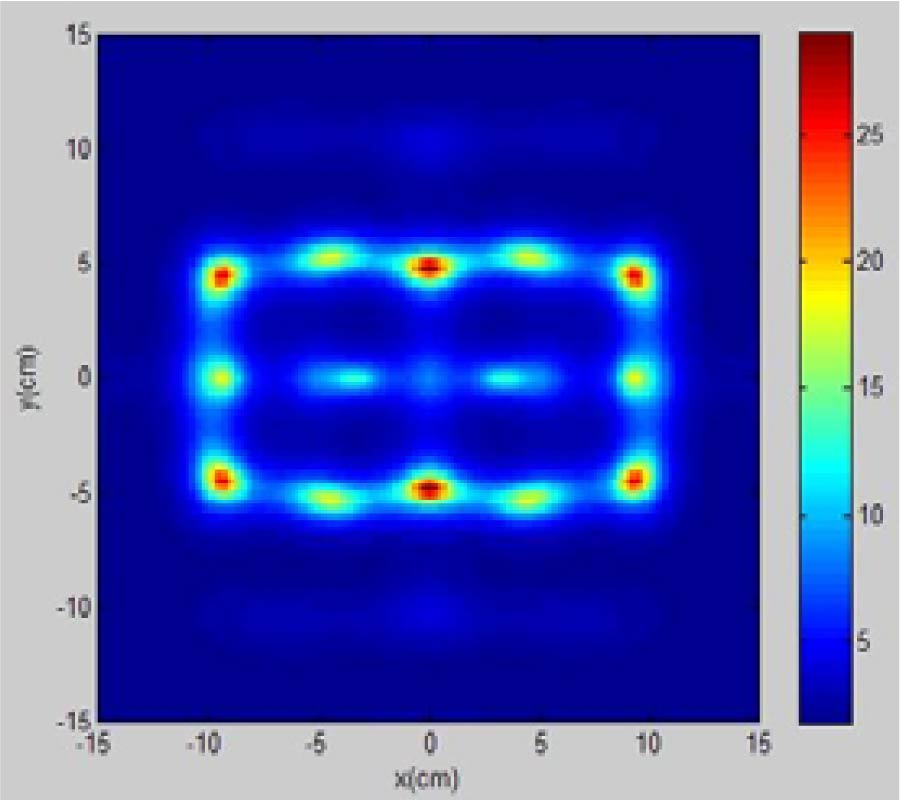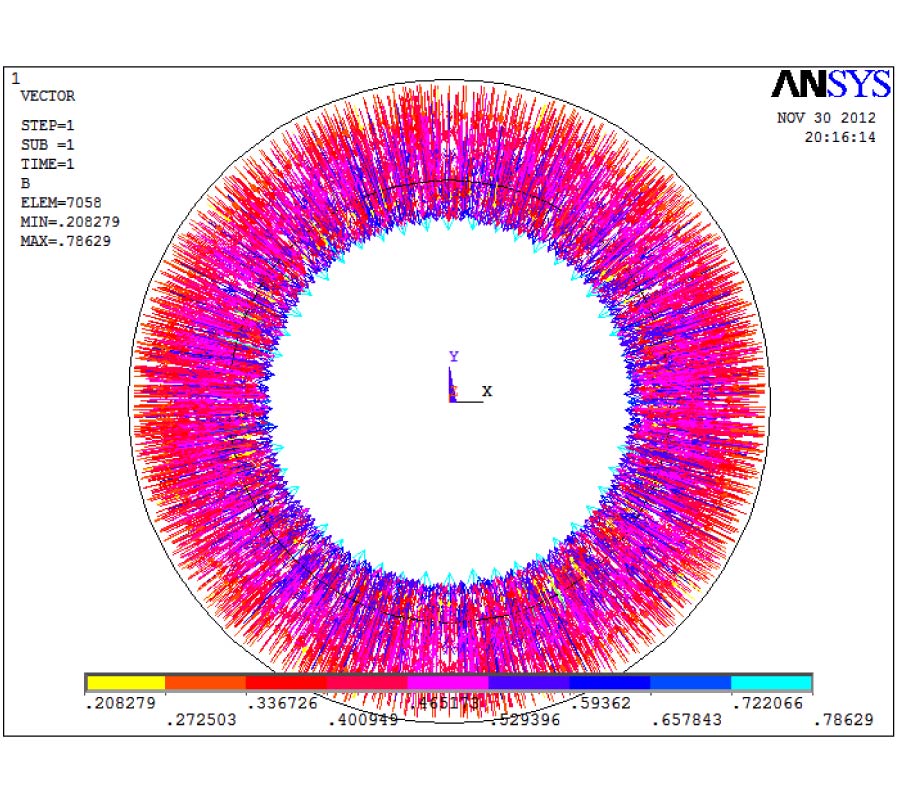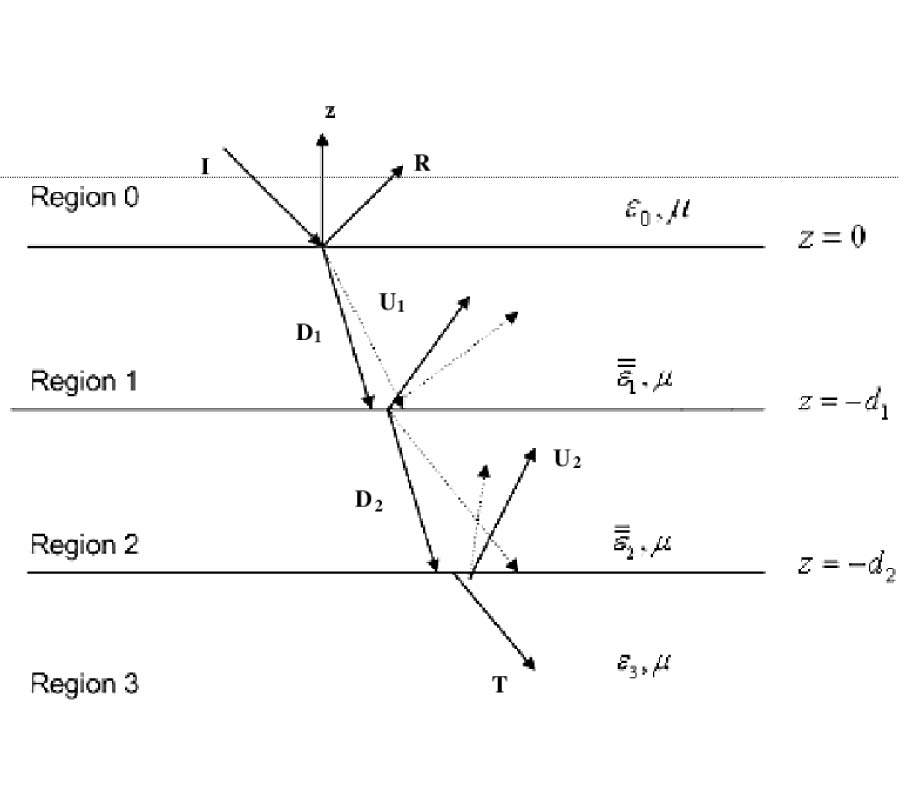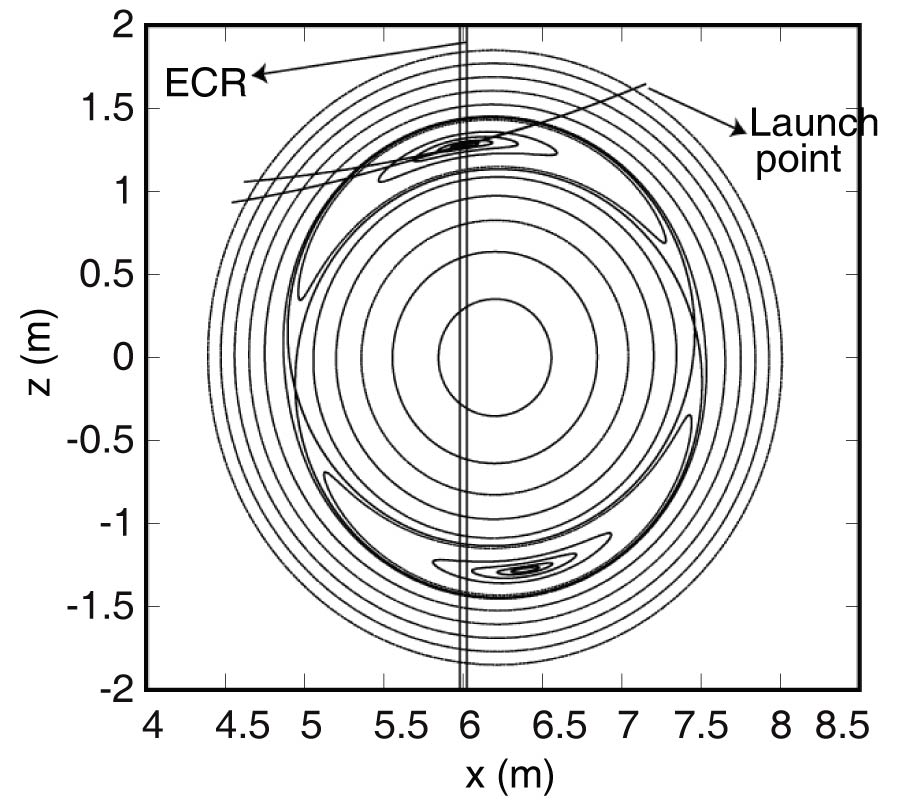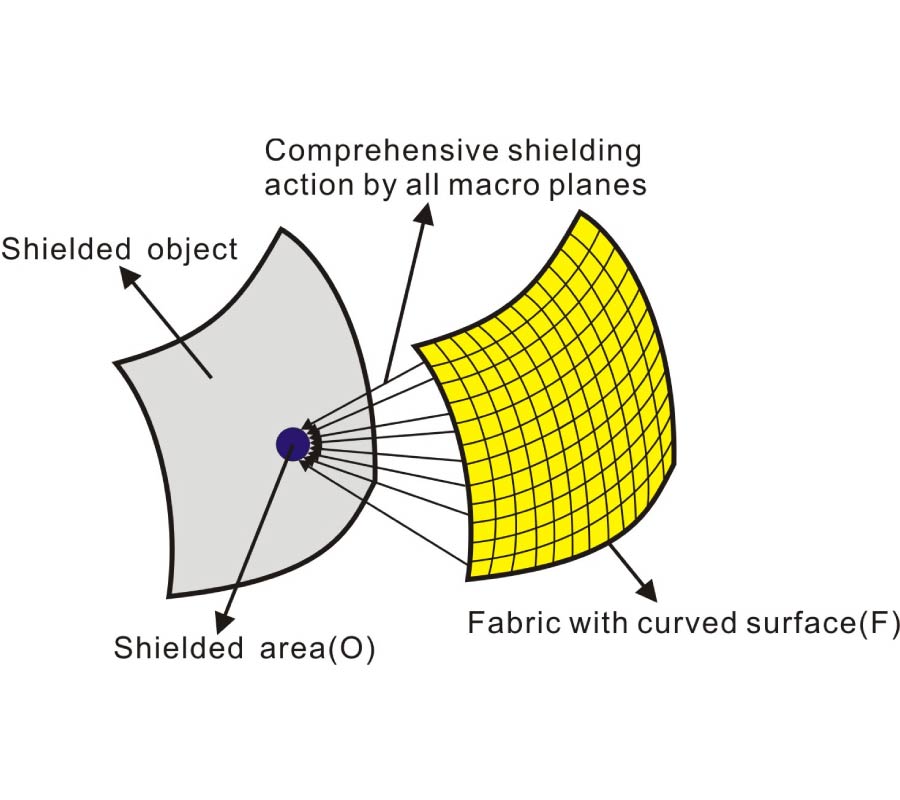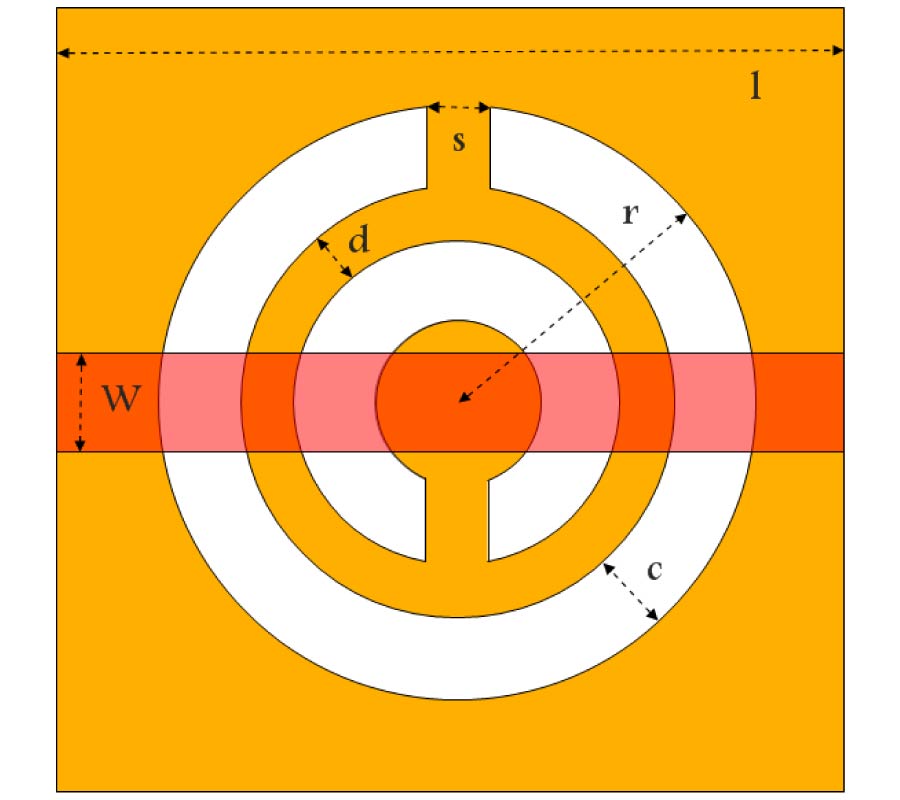Design and Time-Domain Analysis of Compact Multi-Band-Notched UWB Antennas with EBG Structures
Lin Peng and
Cheng-Li Ruan
Four ultra-wideband (UWB) antennas are proposed: one referenced antenna without notch and three novel antennas with one, two and three notched-bands, respectively. The UWB referenced antenna consists of a beveled rectangular metal patch, a 50 Ω microstrip line and a defective ground plane. Then, by utilizing one, two and three electromagnetic bandgap (EBG) structures on the UWB antenna, respectively, the antennas present one, two and three notched-band responses. The frequency domain characteristics including VSWR, transfer coefficient S21, radiation patterns and Group delay are investigated. It is found that the EBG design approach is a good candidate for frequency rejection at the desired frequencies, owing to high performance of notch design and the notched-band bandwidth controlling abilities. Meanwhile, these abilities also enable less useful frequencies false rejected. The design examples exhibit good band-rejected characteristics in the WiMAX/WLAN interference bands (3.4, 5.2 and 5.8-GHz bands). Moreover, good time-domain characteristics of the antennas are checked based on group delay, waveform response, correlation factor and pulse width stretch ratio (SR). Therefore, the antennas are good candidates for portable UWB devices.
